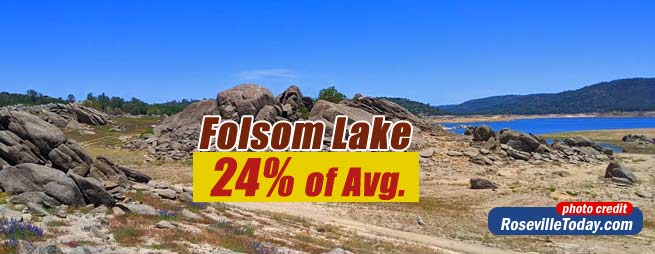Supplying water demands of 53,000 homes
Roseville, Calif. – For years, Roseville was able to rely almost exclusively on surface water from Folsom Lake for drinking water. Although Roseville’s surface water supplies historically have been secure, previous and the current droughts, coupled with studies exposing impacts of climate change have made it clear that diversification is critical to achieving long-term water supply reliability.
One component of Roseville’s strategy is to reduce reliance on surface water in dry years by bolstering its groundwater program using Aquifer Storage and Recovery (ASR) technology. To manage drought conditions today, multiple wells were activated this summer to meet water supply demands and reduce reliance at Folsom Lake, which is seeing near-record lows.
To help reduce reliance on Folsom Lake, Roseville plans to extract upwards of 1.2 billion gallons to support water demands to approximately 53,000 households this summer.

How it works
Wells with ASR technology are operated differently from traditional groundwater wells. With this technology, Roseville can use production wells to recharge the underground aquifer. This occurs during periods were there is excess surface water, such as years of normal or above normal rainfall and snow pack. This excess surface water is stored or “banked” in an underground aquifer with existing groundwater. Then, during dry times or drought years like this year, Roseville recovers this water from the same wells like a transitional groundwater well. In 2019 and early 2020, when surface water supplies were plentiful, Roseville replenished the groundwater basin by storing more than 600 million gallons of surface water-the equivalent of filling 900 Olympic-sized pools.
ASR makes it possible for Roseville’s underground aquifer to act much like a surface water reservoir, which is advantageous when above-ground storage facilities like a reservoir in Roseville are infeasible. Work is underway to advance two new wells and bring them online within the next 18-24 months to increase the amount of water that can be stored and recovered when needed.
Learn more: Where does Roseville’s water come from?
(21+ years strong)
Welcome to the brighter side!
Get in front of local customers! 24/7 (365)























